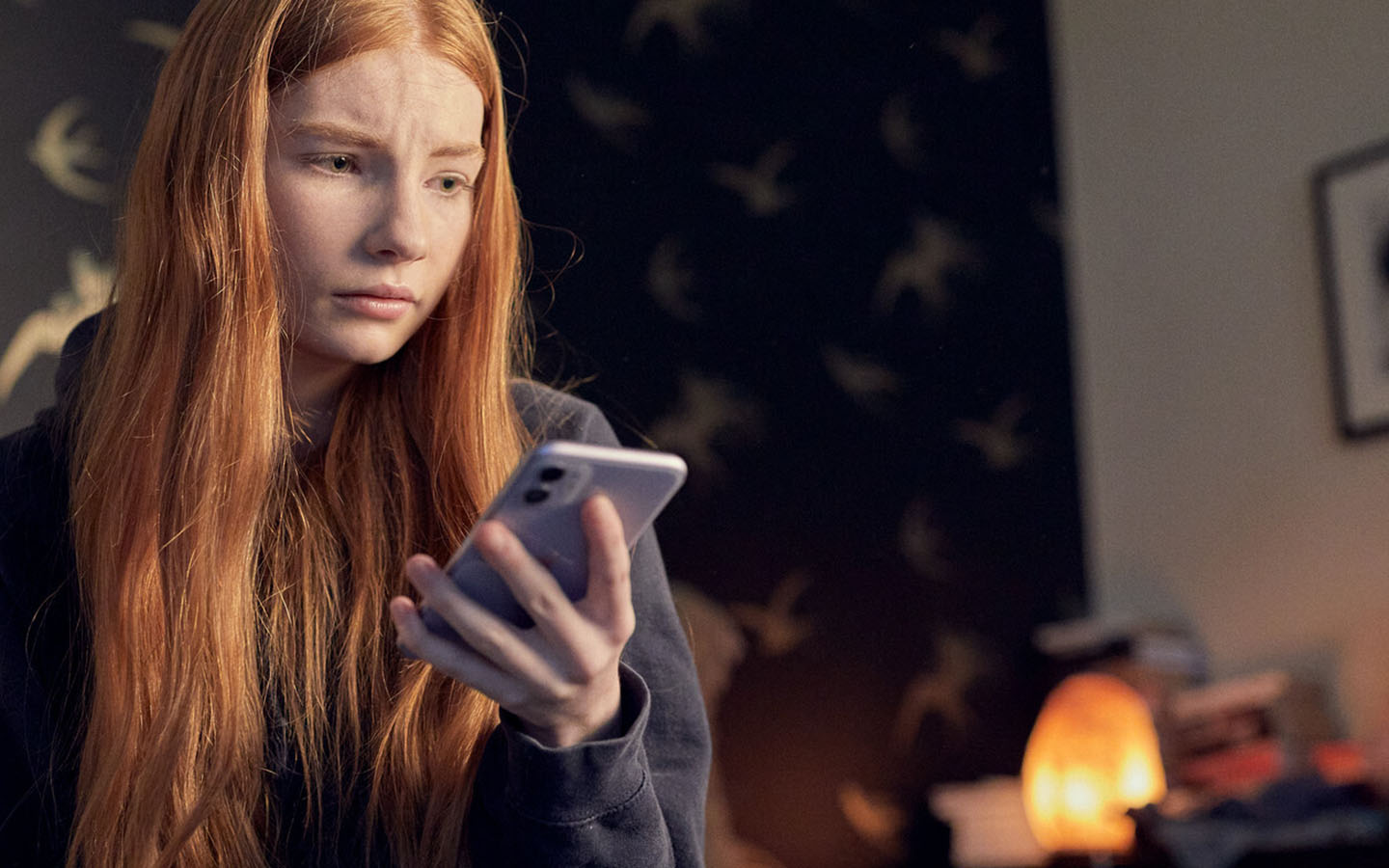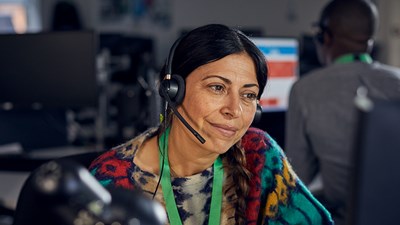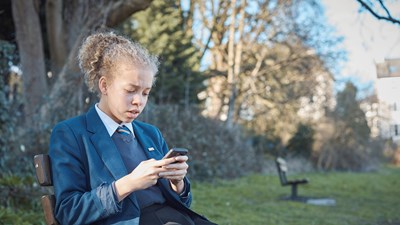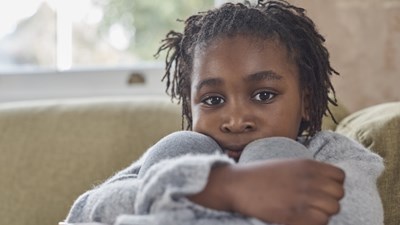We're calling on the government to ensure recovery support and services are in place following concerns lockdown put many children and teenagers at even greater risk of harm.
For the first time, our ‘How safe are our children? 2020’ report has revealed the scale of abuse against teenagers, and highlights their heightened risk of experiencing physical and sexual abuse offences compared to younger children.
The report also reveals that the NSPCC Helpline received an average of 1,066 contacts a month from April to July from adults with concerns that a child or young person was being physically abused - up 53% on the pre-lockdown average.1
The wide-ranging report explains that, compared to younger children, available data from the UK nations shows rates of police-recorded offences against teenagers across the UK are:

- 4 times as high for physical abuse offences
- 9 times as high for online grooming offences
- 6 times as high for sexual abuse offences.2
Across the UK, teenagers are twice as likely to be in care3, but are less likely to be the subject of a child protection plan or on a child protection register to support them compared to younger children.4
Despite the extent of serious abuse against older children in crime statistics, studies have shown the ability of teenagers to look after themselves is often overestimated and there can be a tendency for professionals to focus on teenager’s behaviour rather than the causes behind it.




